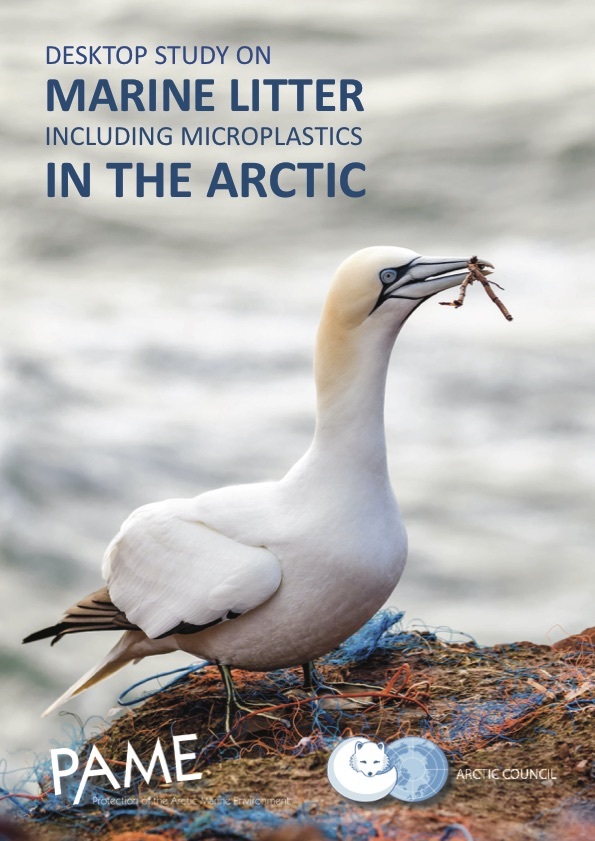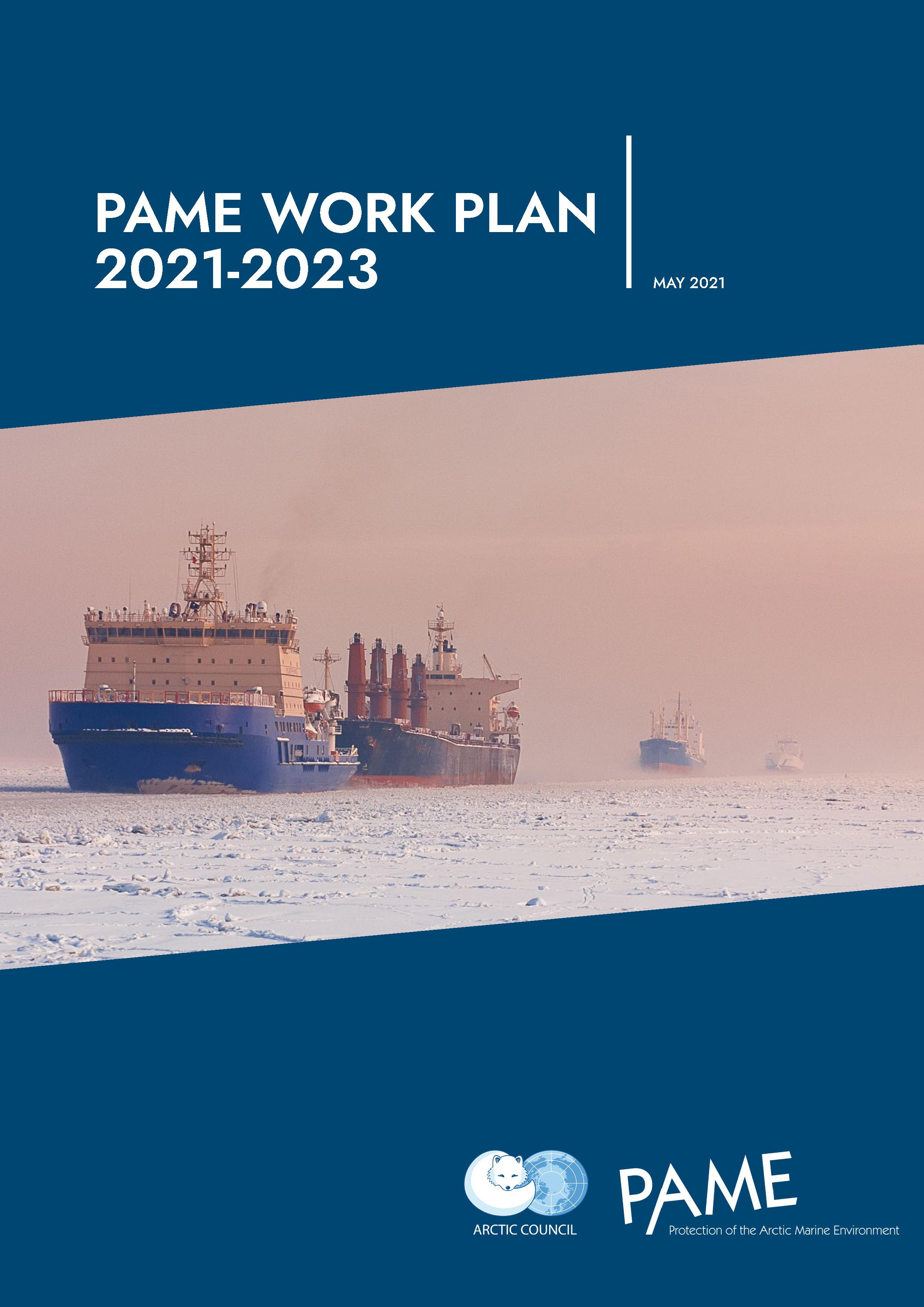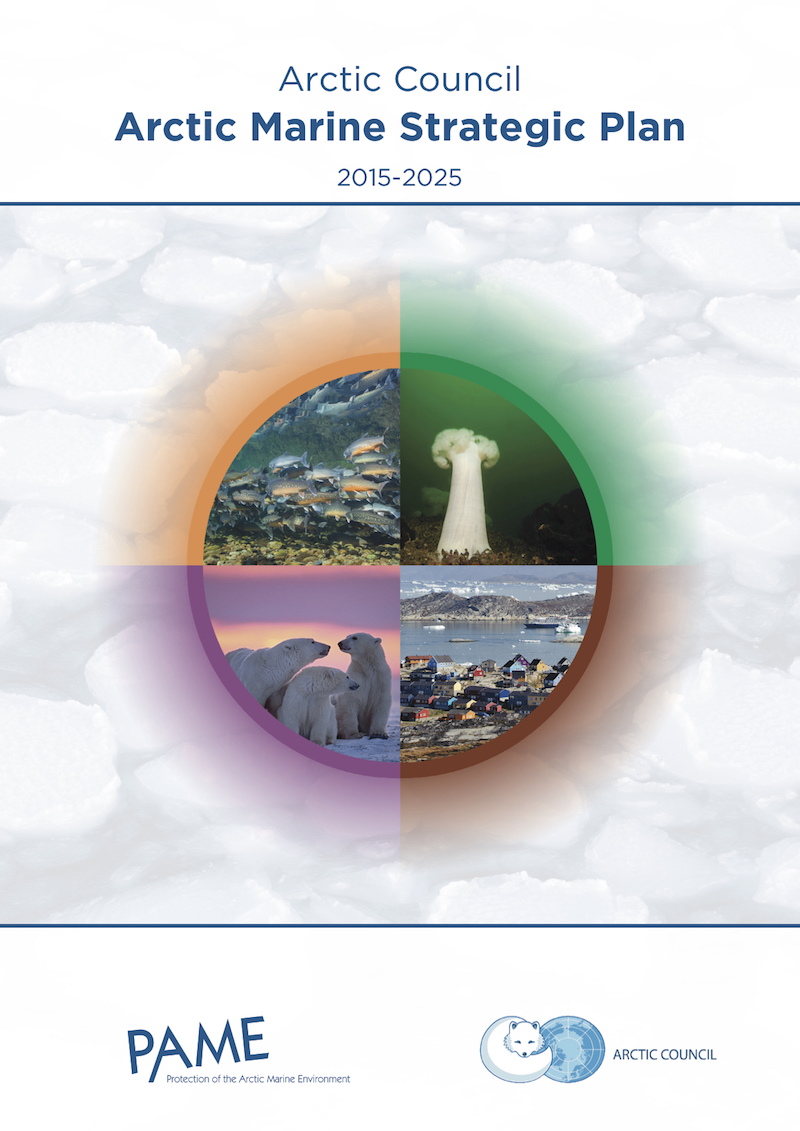Marine litter represents a widespread type of pollution in the World’s Oceans. This study is based on direct observation of the seafloor by means of Remotely Operated Vehicle (ROV) dives and reports litter abundance, type and distribution in three large submarine canyons of the NW Mediterranean Sea, namely Cap de Creus, La Fonera and Blanes canyons. Our ultimate objective is establishing the links between active hydrodynamic processes and litter distribution, thus going beyond previous, essentially descriptive studies.
Litter was monitored using the Liropus 2000 ROV. Litter items were identified in 24 of the 26 dives carried out in the study area, at depths ranging from 140 to 1731 m. Relative abundance of litter objects by type, size and apparent weight, and distribution of litter in relation to depth and canyon environments (i.e. floor and flanks) were analysed. Plastics are the dominant litter component (72%), followed by lost fishing gear, disregarding their composition (17%), and metal objects (8%). Most of the observed litter seems to be land-sourced. It reaches the ocean through wind transport, river discharge and after direct dumping along the coastline. While coastal towns and industrial areas represent a permanent source of litter, tourism and associated activities relevantly increase litter production during summer months ready to be transported to the deep sea by extreme events. After being lost, fishing gear such as nets and long-lines has the potential of being harmful for marine life (e.g. by ghost fishing), at least for some time, but also provides shelter and a substrate on which some species like cold-water corals are capable to settle and grow.
La Fonera and Cap de Creus canyons show the highest mean concentrations of litter ever seen on the deep-sea floor, with 15,057 and 8090 items km−2, respectively, and for a single dive litter observed reached 167,540 items km−2. While most of the largest concentrations were found on the canyon floors at water depths exceeding 1000 m, relatively little litter was identified on the canyon walls. The finding of litter ‘hotspots’ (i.e., large accumulations of litter) formed by mixtures of land- and marine-sourced litter items and natural debris such as sea urchin carcasses evidences an efficient transport to the floor of mid and lower canyon reaches at least.
High-energy, down canyon near-bottom flows are known to occur in the investigated canyons. These are associated to seasonal dense shelf water cascading and severe coastal storms, which are the most energetic hydrodynamic processes in the study area thus becoming the best candidates as main carriers of debris to the deep. The fact that the investigated canyons have their heads at short distance (<4 km) from the shoreline enhances their ability to trap littoral drift currents and also to convey the signal of the above-mentioned high-energy events to the deep, including their litter load. This study contributes to assess the origin and transport mechanisms of litter to the deep sea as well as its potential impact on deep-sea ecosystems.
 This is a collection of submissions on marine litter literature of relevance to the Arctic based on a dedicated submission form sent out to Arctic Council members and experts in Fall 2017. This was in support of the development of the Desktop Study on Marine Litter, including Microplastics in the Arctic (May 2019) with the aim to:
This is a collection of submissions on marine litter literature of relevance to the Arctic based on a dedicated submission form sent out to Arctic Council members and experts in Fall 2017. This was in support of the development of the Desktop Study on Marine Litter, including Microplastics in the Arctic (May 2019) with the aim to:




